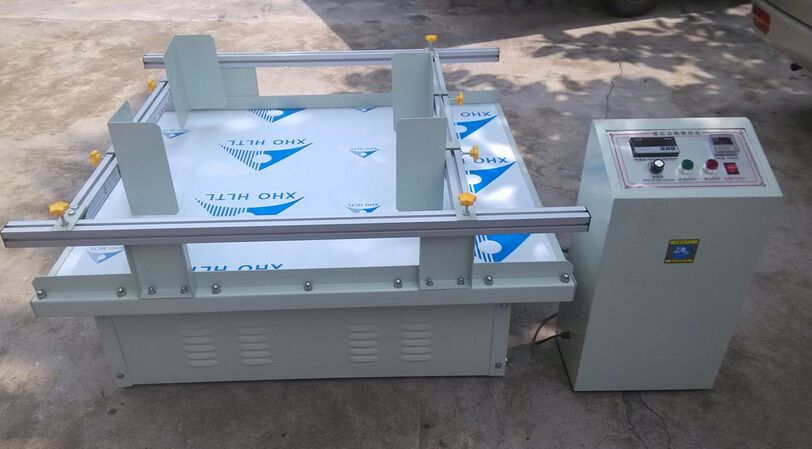ISO 13355-5 Transportation Vibration Simulation
The ISO 13355 series of standards provides a comprehensive framework for testing and assessing the impact of transportation vibrations on packaging. This particular standard, ISO 13355-5, focuses specifically on the use of vibration simulation to evaluate the performance of packaged products under transport conditions.
The importance of this type of testing cannot be overstated in industries where product integrity is paramount. Transportation environments introduce a variety of stresses that can affect packaging and its contents. These include shock loads, temperature variations, humidity levels, and vibrations. By simulating these environmental factors, manufacturers can ensure their packaging will protect products during shipping.
The vibration test aims to replicate real-world transport conditions accurately. This helps identify potential weaknesses in the design of packaging systems which could lead to product damage or loss. It also aids in optimizing packaging designs for better protection and durability.
In this context, understanding key parameters such as frequency range, amplitude, duration, and waveform is crucial. The ISO 13355-5 standard specifies the conditions under which a vibration test should be conducted to ensure accurate results relevant to actual transport scenarios.
When preparing for a vibration simulation test according to ISO 13355-5, it's essential to consider several factors including the type of packaging involved and the nature of its contents. For instance, if testing a shipping container holding fragile items like electronic equipment, the test conditions might need to be more stringent than those used for non-breakable goods.
Proper specimen preparation is another critical aspect. This involves ensuring that the items being tested are representative of what would typically ship under real-world conditions. Factors such as orientation within the packaging and any additional protective layers should also be considered during this stage.
Scope and Methodology
| Parameter | Description |
|---|---|
| Vibration Frequency Range | The range typically spans from 10 Hz to 500 Hz, depending on the type of packaging and its contents. |
| Amplitude | This can vary widely based on specific requirements but usually ranges between ±2g to ±8g. |
| Duration | The test duration may range from 1 minute up to several hours, again depending upon the particular needs of the packaging being tested. |
| Waveform | A sine wave is commonly used; however, more complex waveforms such as random noise might be employed for certain applications where a broader spectrum of real-world conditions must be simulated. |
International Acceptance and Recognition
- The ISO 13355-5 standard is widely accepted in the packaging industry due to its rigorous approach.
- Many leading manufacturers around the world use this method for quality assurance purposes.
This international consensus adds credibility and reliability to any testing conducted following these guidelines. Compliance with ISO 13355-5 ensures that a company meets global standards, thereby facilitating easier entry into foreign markets.
Competitive Advantage and Market Impact
- By demonstrating adherence to such stringent international standards, companies can enhance their reputation among customers and stakeholders.
- It positions them favorably against competitors who may not follow similar practices.
The ability to prove that your products have undergone thorough testing according to ISO 13355-5 gives potential buyers peace of mind knowing they are receiving robustly designed packaging solutions.





